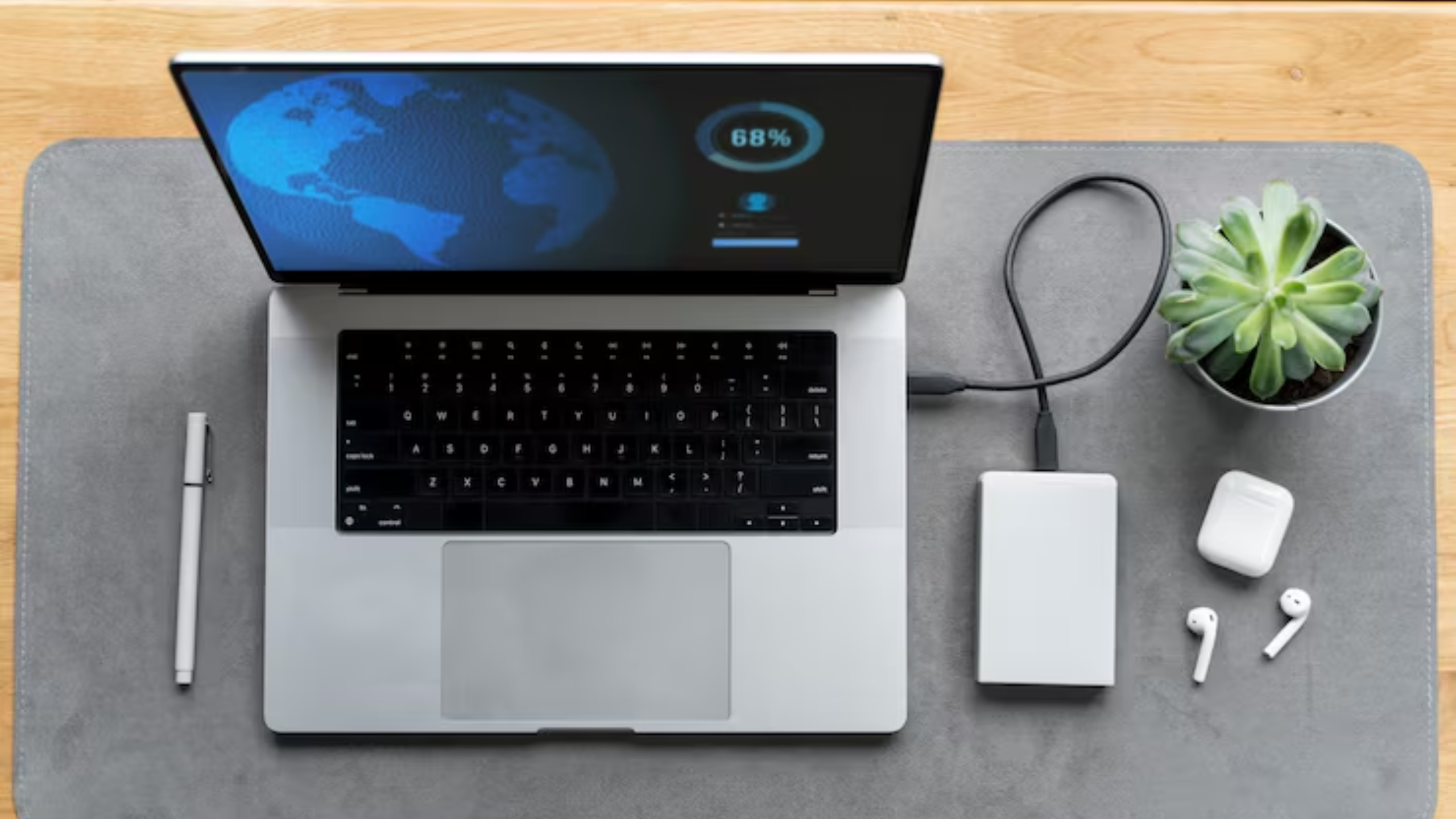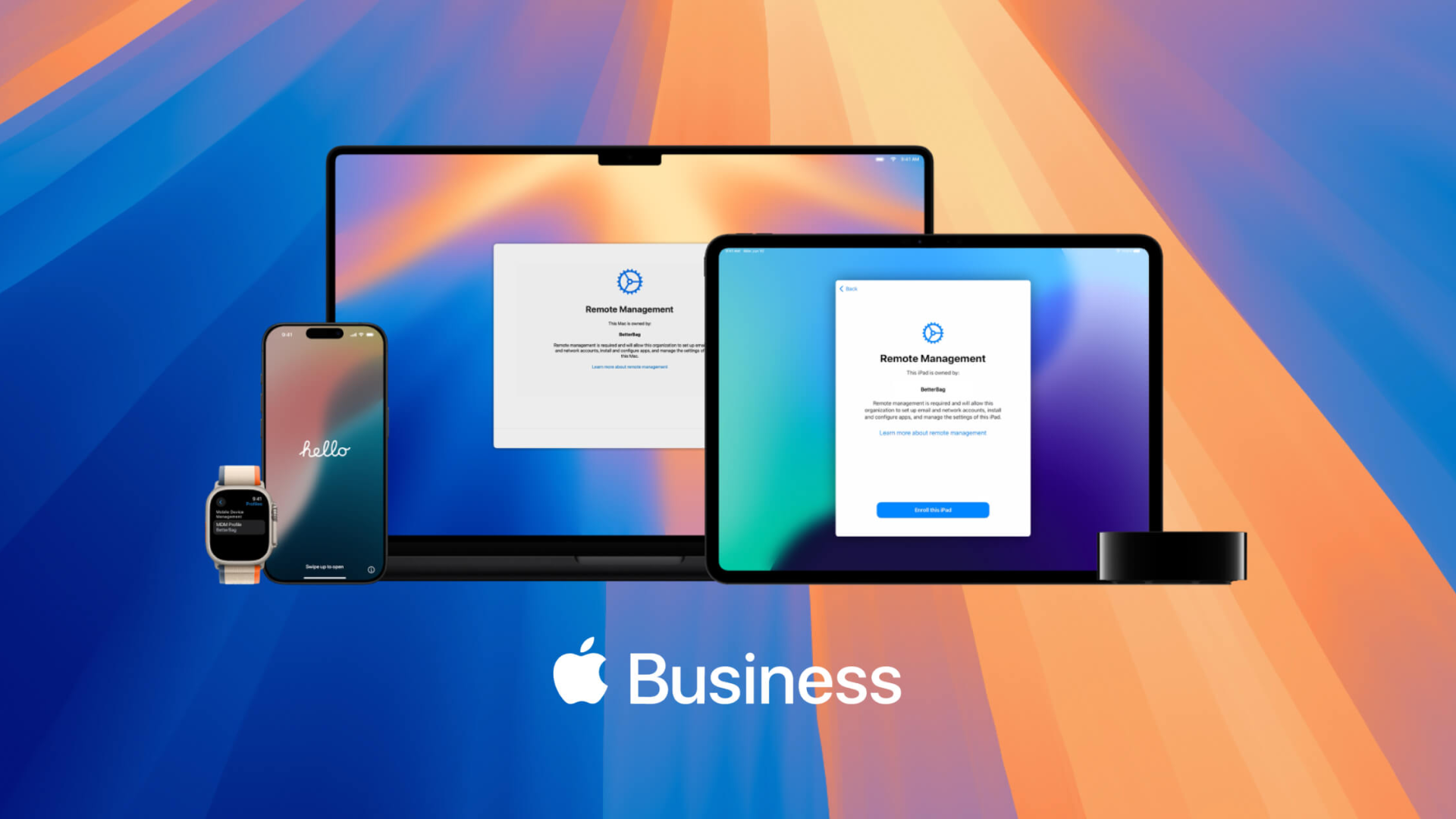When you buy a laptop for business purposes, knowing its useful life is more than just guessing how many years it will still work. Useful life is the period during which the laptop delivers acceptable performance, reliable battery life, and meets your needs without costing more in repairs or downtime than it’s worth. It’s different from lifespan, which includes absolutely everything until the device fails.
Then there’s residual value (or salvage value): how much a laptop is still worth at the end of its useful life. For companies, founders, or CIOs, residual value affects total cost of ownership, budgeting, and the timing of replacement. Getting clear on both useful life and residual value helps you make smarter buying choices, optimize maintenance, and protect your investment.
In this post, we’ll explore the average useful life of laptops, the factors that affect it, signs it’s time to replace, and the best ways to extend their lifespan so that your laptops still hold strong — and hold value — long after purchase.
Average useful life estimates for laptops
The average lifespan of a laptop depends heavily on the type of machine you buy, how it’s used, and how well it’s maintained. For business leaders making purchase decisions, understanding these differences can help you budget better and avoid unnecessary replacement costs.
Budget laptops
Budget laptops are usually built with entry-level processors, smaller amounts of memory RAM, and more basic materials. Because of this, they tend to last around 3 years under regular use. While they may be fine for light tasks such as email or web browsing, they often struggle when asked to run more demanding applications or multiple programs at once.
Mid-range laptops
Mid-range laptops — the kind many startups buy for everyday business purposes — typically hold up better. These machines usually last 4 to 5 years with proper care. They often include stronger processors, better displays, and may come with a solid-state drive (SSD), which improves speed and durability compared to traditional hard drives.
Premium and business laptops
At the higher end are premium and business-class laptops. These are designed with stronger build quality, higher-performing parts, and often better operating system support over time. It’s not uncommon for these laptops to last 6 to 7 years — sometimes even longer if properly maintained. They also tend to hold higher residual value, making them easier to resell or repurpose later.
Why the variation?
The variation in useful life comes down to three main things:
- Cost and quality of components (a more expensive laptop usually lasts longer)
- Usage intensity (heavy design work or coding puts more wear and tear on devices than casual use)
- Brand and support (some brands provide longer-term driver and OS support, which helps extend usefulness)
In general, most sources agree that the useful life of a laptop is 3–5 years, but well-built business laptops that are well-maintained can go well beyond that.
Factors that affect useful life and residual value
Why does one laptop last a long time while another feels outdated after just a couple of years? The difference lies in a mix of hardware, usage habits, and even how well you care for the device. Below are the main factors that shape both the useful life and the residual value of a laptop.
1. Build quality and components
- Processor (CPU): A stronger processor will stay relevant longer as software demands increase.
- Memory RAM: More RAM allows smoother multitasking and helps a laptop remain usable with newer applications.
- Storage type: A solid-state drive (SSD) not only boosts performance but is also more durable than a traditional hard drive.
- Battery life: The number of charging cycles a laptop battery can handle before it loses capacity plays a big role in how long the device feels reliable.
- Cooling and materials: Better thermal design and stronger casing reduce wear and tear, keeping both performance and resale value higher.
2. Usage patterns
- Light use: Browsing, email, and office apps usually place minimal strain on hardware.
- Heavy use: Graphic design, coding, or running virtual machines can shorten the average lifespan.
- Mobility: Frequent travel exposes laptops to bumps, spills, and heat, all of which reduce durability.
3. Upgradability and repairability
- Some laptops allow upgrades like adding more RAM or swapping in a bigger SSD. This can extend its lifespan significantly.
- Repair-friendly models also retain more value, since replacing a keyboard or battery is cheaper than buying new.
4. Environmental and maintenance factors
- High temperatures, dust, and poor ventilation accelerate wear.
- Regular cleaning and proper charging habits (like avoiding full discharge cycles) keep components healthier.
- Consistent software updates and patches prevent performance slowdowns.
5. Security and software compatibility
- A laptop that no longer supports the latest operating system becomes a security risk, especially for business purposes.
- Even if the hardware still runs, outdated OS support reduces the device’s useful life and makes resale harder.
A laptop’s useful life isn’t only about hardware specs — it’s about how you use it, maintain it, and whether it can keep up with evolving business and security needs.
Examples of estimating useful life and residual value
To make these ideas concrete, let’s compare two hypothetical laptops: a premium business-class laptop and a mid-range budget model.
Scenario 1: Premium business laptop
- Purchase price: $1,200
- Build quality: Strong casing, high-end CPU, 16GB of memory RAM, solid-state drive, and excellent thermal design
- Expected useful life: 6 years (with proper care)
- Residual value: After 6 years, this laptop may still be worth around 15–20% of its original price, or about $180–$240, especially if it has been well maintained and the laptop battery was replaced once during its life
This shows that while the upfront cost is higher, the average lifespan is longer, and the resale value offsets part of the initial investment.
Scenario 2: Budget laptop
- Purchase price: $800
- Build quality: Entry-level CPU, 8GB of memory RAM, a smaller SSD, and a less durable casing
- Expected useful life: 3–4 years
- Residual value: After 4 years, resale is usually minimal — around 5–10% of the original price, or roughly $40–$80. By this point, wear and tear often reduces both performance and appearance.
Key comparison
- The premium laptop costs more upfront but offers nearly double the useful life and stronger resale value.
- The budget laptop is cheaper but delivers lower performance, shorter lifespan, and almost no residual value.
- Over time, the total cost of ownership of the premium device may actually be lower, since it avoids early replacement costs and downtime.
The role of maintenance
Even in these examples, maintenance makes a big difference:
- Replacing a battery after 3–4 years (to handle degraded charging cycles) can extend its lifespan significantly.
- Regular cleaning and updates reduce performance slowdowns and security risks.
- Documenting condition and keeping the original packaging improves resale prices.
This demonstrates how both the type of laptop and the care it receives shape not only how long it lasts, but also how much value it holds at the end of its journey.
Signs it’s time to replace vs when useful life has ended
Knowing the lifespan of a laptop is useful, but how do you know when your device has actually reached the end of its useful life? Here are the most common signs:
1. Noticeable performance slowdown
- Apps take much longer to open
- Multitasking feels sluggish, even with enough memory RAM
- Your device can’t keep up with basic business purposes, like video calls or cloud applications
2. Battery health decline
- The laptop battery doesn’t hold a charge for more than an hour or two
- Rapid drops in charge or unreliable charging cycles interrupt productivity
- Replacement batteries may no longer be available or cost nearly as much as the laptop is worth
3. Repair costs outweigh value
- A cracked display or a failed motherboard often costs hundreds to fix
- When repairs exceed 30–40% of the laptop’s residual value, replacement makes more sense
- Even with repairs, hidden wear and tear may shorten the device’s remaining time
4. Security and software compatibility issues
- The laptop no longer supports the latest operating system
- Critical security updates are no longer provided, putting your business data at risk
- Applications required for work can’t run on the device
5. Physical deterioration
- Keys stop working, hinges loosen, or the case shows heavy wear and tear
- Fans grow noisy or cooling systems fail, causing overheating
Repair vs replace trade-off
If the issue is isolated — like replacing a battery or upgrading to a solid state drive — extending the laptop’s life can be worthwhile. But when multiple problems add up, or security support ends, it’s a clear sign that the useful life has ended.
Rule of thumb: If your laptop spends more time being repaired than being used, it’s time to replace it.
Tips to extend useful life & maximize residual value
For CEOs, founders, and CIOs managing business laptops across hybrid or remote teams, knowing how to extend their lifespan and preserve residual value is key. Here are practical strategies that make a real difference:
1. Make smart buying decisions
- Prioritize quality over price: Investing in a well-built, expensive laptop often saves money in the long run.
- Choose hardware specs that age well: Opt for more memory RAM, a solid-state drive, and a strong processor to handle future software updates.
- Consider repairability and upgradability: Devices that allow RAM or battery upgrades will extend their lifespan and keep resale value higher.
2. Maintain your laptop regularly
- Battery care: Avoid letting the laptop battery fully discharge regularly, and keep it away from extreme temperatures.
- Clean hardware: Dust inside vents and fans can cause overheating, reducing both performance and lifespan.
- Software upkeep: Regular operating system and security updates prevent slowdowns and protect against vulnerabilities.
3. Make upgrades wisely
- RAM and SSD upgrades can give older laptops a significant performance boost.
- Replacing a worn-out battery restores portability and productivity.
- Avoid unnecessary upgrades that don’t meaningfully improve performance or resale value.
4. Preserve resale value
- Keep the laptop in good physical condition: clean, scratch-free, and free of dents.
- Retain original packaging and accessories; this increases residual value for resale.
- Document maintenance history to reassure buyers of its condition.
5. Smart usage habits
- Avoid heavy workloads that exceed your laptop’s capabilities, especially on budget laptops.
- Protect against overheating by using cooling pads or avoiding soft surfaces that block ventilation.
- Limit unnecessary software installations that slow down performance over time.

Financial/resale implications
Understanding the useful life and residual value of laptops isn’t just about technology — it has a direct impact on finances for businesses, especially startups with hybrid or remote teams.
1. Total cost of ownership (TCO)
- Upfront cost vs longevity: A more expensive laptop may last longer and require fewer repairs, lowering overall TCO.
- Maintenance costs: Regular care, battery replacements, or solid-state drive upgrades may have upfront costs but extend their lifespan, saving money in the long run.
- Downtime cost: Laptops that fail prematurely can halt employee productivity, indirectly increasing costs.
2. Resale value considerations
- Condition matters: Laptops that are clean, well-maintained, and have minimal wear and tear retain more value.
- Hardware specs: Devices with higher memory RAM, SSDs, and strong batteries fetch higher resale prices.
- Age: Even the best laptops depreciate over time; knowing the average lifespan helps predict how much you can recoup at sale.
3. Planning replacements and budgeting
- Businesses can budget for new laptops by estimating both useful life and residual value at purchase.
- For example, a $1,200 premium laptop with a 6-year useful life and 20% residual value effectively costs $1,020 over its productive life — far better than replacing cheaper laptops every 3–4 years.
- Factoring in upgrades, maintenance, and repairs ensures the team remains productive without overspending.
Key takeaway: Smart laptop investments and proactive maintenance don’t just protect performance — they optimize financial outcomes. CEOs and CIOs who plan around useful life and residual value can maximize ROI while minimizing surprises.
Maximizing laptop lifespan and value
Understanding the useful life and residual value of laptops is essential for CEOs, founders, and CIOs managing distributed teams. By considering factors like build quality, memory RAM, battery health, and proper maintenance, you can make informed buying decisions, minimize downtime, and protect your investment.
For businesses with distributed teams, managing laptops efficiently is crucial. Esevel helps companies streamline IT management — from device procurement and global delivery to real-time support and security — ensuring your laptops last longer and your teams stay productive.
FAQs
1. What is the average useful life of a business laptop?
Most laptops last between 3 and 5 years, depending on their build quality, usage, and maintenance. Budget laptops often last around 3 years, mid-range models about 4–5 years, and premium or business-class laptops can last 6–7 years or more with proper care.
2. What factors affect a laptop’s useful life and residual value?
The main factors include hardware quality (CPU, RAM, SSD), usage intensity, maintenance habits, and software compatibility. Regular cleaning, timely updates, and good battery care extend lifespan, while physical damage or outdated operating systems reduce both performance and resale value.
3. How can I tell when it’s time to replace a laptop?
You should consider replacement when you experience noticeable performance slowdowns, battery life under one hour, repairs that cost over 30–40% of the device’s value, or incompatibility with new operating systems. If a laptop spends more time being fixed than used, its useful life has ended.
4. What are the best ways to extend a laptop’s lifespan?
Prioritize quality hardware, keep the device clean and cool, perform regular updates, and replace components like the battery or SSD when needed. Keeping the laptop in good physical condition and documenting maintenance also helps retain higher resale (residual) value.







